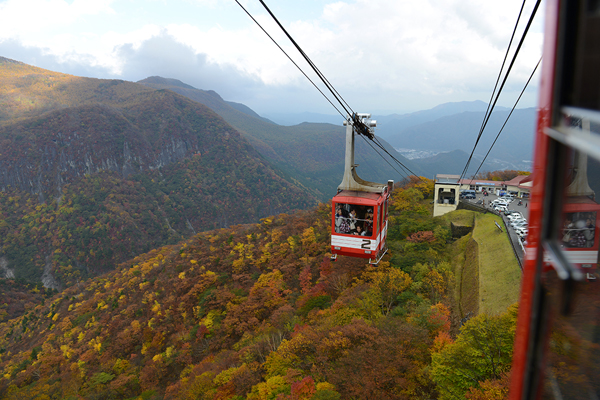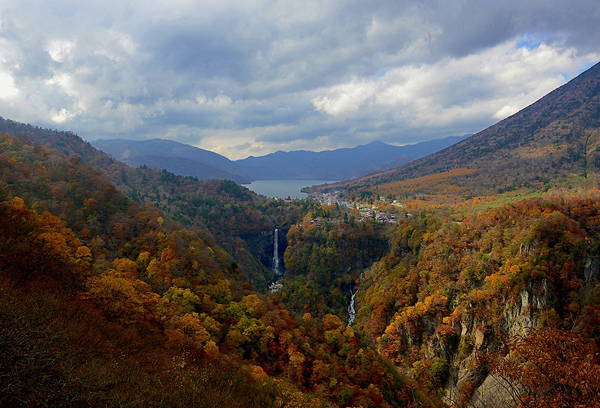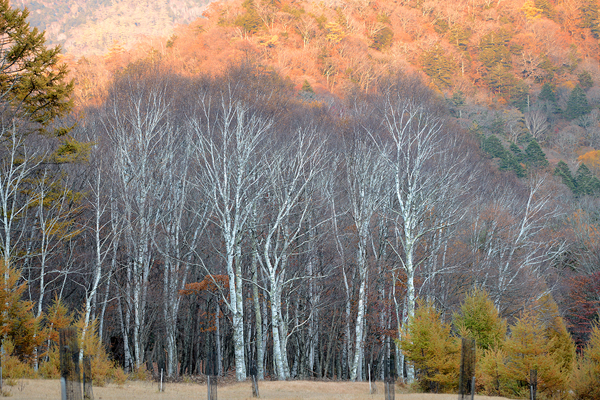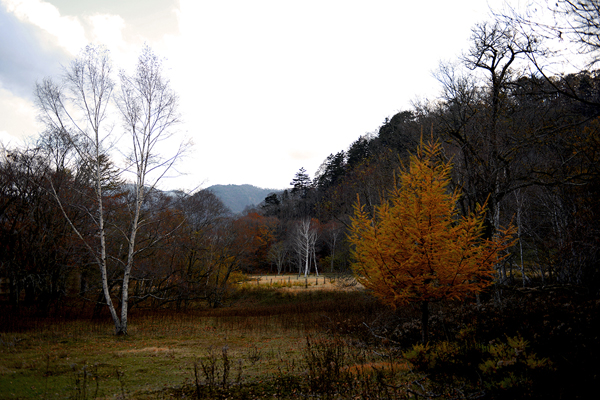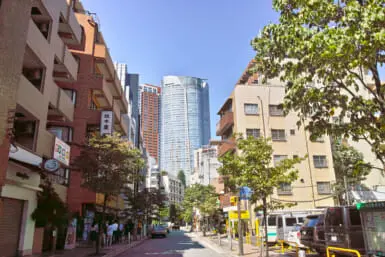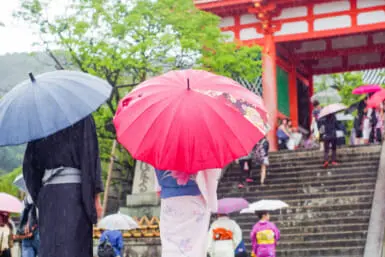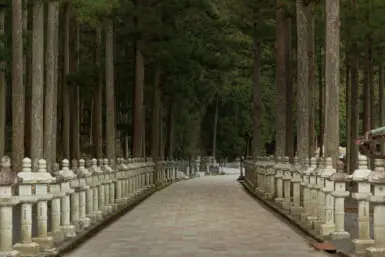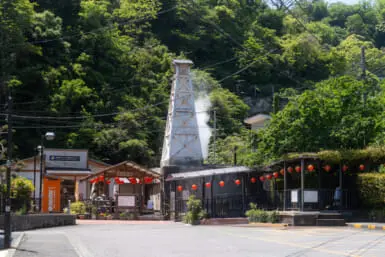Nikko in Autumn, with its leaves changing colour and falling from the trees, is one of the best places to enjoy this season. But can you beat the crowds? Stack Jones finds that either way, the trip in to the chilly hills – with a camera – is more than worthwhile.
If there were ever an occasion to visit Tochigi’s celebrated Nikko National Park, now would be the perfect time to do it.
Nikko is at the height of expression this season, its hills exploding in a vast array of yellows, orange, and red hues. Welcome to autumn in Japan. If you’re planning to visit Nikko this autumn, you’ll need to make arrangements soon, as the cool weather has already set in and the remarkable sights won’t last much longer.
Some of the most popular attractions in Nikko include Lake Chuzenji, which is located in the Nikko National Park. Lake Chuzenji has some of the clearest and purest water in the country. Chuzen is also the burial site of Japan’s most famous Shogun, Tokugawa Ieyasu, and his grandson Tokugawa Iemitsu. There are also shrines in Nikko that date as far back as 766. The region also boasts some of Japan’s finest hot spring (onsen) locations in Japan.
Irhoha Zaka is the winding road that leads to the top of Nikko National Park and eventually down into the towns below. It reminded me a lot of Estes Park, Colorado. I was told by friends not to drive to Nikko this time of year due to the large amount of tourist related traffic in the region. As a result, I made plans to take the train but, somehow, at the last moment, literally as I was heading out the door, I decided to take my chances on the crowds and drive.
Although there is ample transportation in Nikko, such as the local bus that could take you to many of the park’s destinations, there is truly nothing more pleasing than having the freedom of a car, to be able stop on a whim. Despite the warnings of heavy traffic, I was pleasantly surprised to find that the roads were nearly empty. The only place traffic got a bit heavy was approaching the top of Akechidaira, and that was only due to limited parking spaces available.
After a mere five minutes of waiting, I found an empty space, parked, and was soon on a cable car heading to the top of Akechidaira, and to a wonderful view of Kegon Falls and Lake Chuzen.
The Akechidaira cable car, which is reasonably priced at 710 yen, welcomes viewers to the most breathtaking view of the park from the top of the mountain. At the top of Akechidaira, there is a breathtaking view of Kegon Falls, Chuzen Lake and the expansive valley below. If there were only one attraction to see in, Nikko this would have to be the one.
Kegon Falls is absolutely beautiful. However, I’d say if there were anything unremarkable about Kegon Falls, it would be the elevator that takes one to the bottom of the falls. The cost is a mere 310yen and some may find this attractive. I didn’t.
I feel that if one is to experience such a wonderful natural site, it should be earned by trekking in, like one would expect to reach the top of Yosemite Falls.
The elevator is one of those quirks of Japan that you have to get used to. It appears that during the 1980s bubble era “miracle” economy of Japan someone had nothing better to do with their money that to, uh… build an elevator that lead to the best view of the falls. Other than this oddity, I’d say Nikko is one of the most spectacular places to visit in Japan.
It surely rivals some of the world’s most beautiful locations. Therefore, Nikko definitely earned its position as one of UNESCO’s World Heritage sites. In fact, I’ve already made plans to head back in a couple days. Yes, I’ll be driving.
Nikko is also famous for the Three Wise Monkeys, statues that are located at the Toshogu Shrine, and I had my own experience with Nikko’s real monkeys, who are notorious for their aggressive behavior towards unsuspecting tourists.
While driving around Lake Chuzenji, I stopped at a remote area to take photos of an isolated dock that stretched out toward the open, and clear water.
To my surprise, I spotted approximately two hundred monkeys, far off in a clearing to my right.
I was stunned by the numbers, and thought it couldn’t be too difficult to get a few shots of those capricious creatures. I slapped a lens on my new camera, grabbed my tripod, and prepared to take some easy shots.
But, as soon as I opened the car door to exit, and without my feet even hitting the ground, one of the monkeys howled a warning to the others.
Instantly, the entire group bolted up to the top of the steep mountain that was to the south of them. They did this with great ease. In a matter of seconds they disappeared over the top. I thought I’d climb to the top of that mountain and get a few good shots of monkeys in the obscured valley that stretched out below. No such luck.
I followed the fresh trail the group had left behind. Huffing and puffing, I finally made it to the top of the mountain that the monkeys had cleared with great ease. I thought I was about to receive my great reward of the day. Yet nothing could have been further from the truth. Just as I got a glimpse over the top of the mountain, a lone monkey howled below to the rest of the group.
I saw nothing but an empty valley. I quickly looked back to where the look-out had been, but he too was gone. I looked up into the trees, and all around me. There weren’t any monkeys to be found.
That was a very humbling experience. It was clear those monkeys weren’t about to share in any of my monkey business. The sun was about to set over the distant mountains, and its remaining light cast a final illumination over the quiet and still valley.
The colors were breathtaking. I didn’t get a shot of the monkeys, but I did experience some of the best autumn colors I have ever seen.
I also had the wrong lens with me for a shot of that valley. Mocking my own ineptness, I suddenly thought about the bears that were known to inhabit that region. I didn’t want to end up a final meal before their long hibernation so I decided to take a quick jaunt back to Lake Chuzen for some final evening shots. When I got to Lake Chuzen, not only were there no monkeys, but there were also no people either. So much for the heavy tourist crowds that I was warned about.
I made a quick lens change and quickly found myself at the edge of the lake and walking out onto the dock. I thought that it just doesn’t get better than this.
Nature in its purest form, a solitary man, a camera, and diminishing light.
Text and all photos by Stack Jones.

